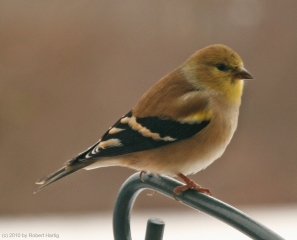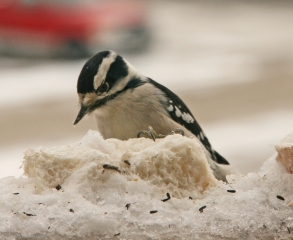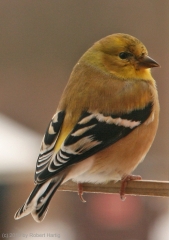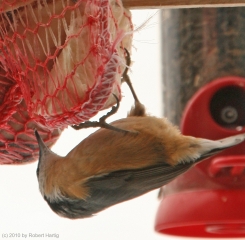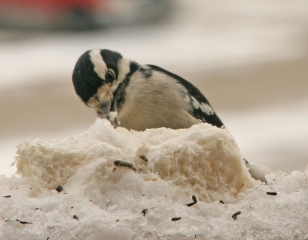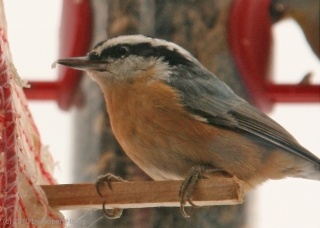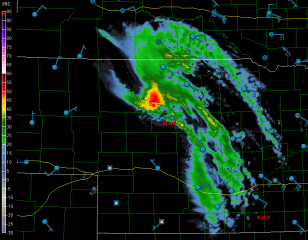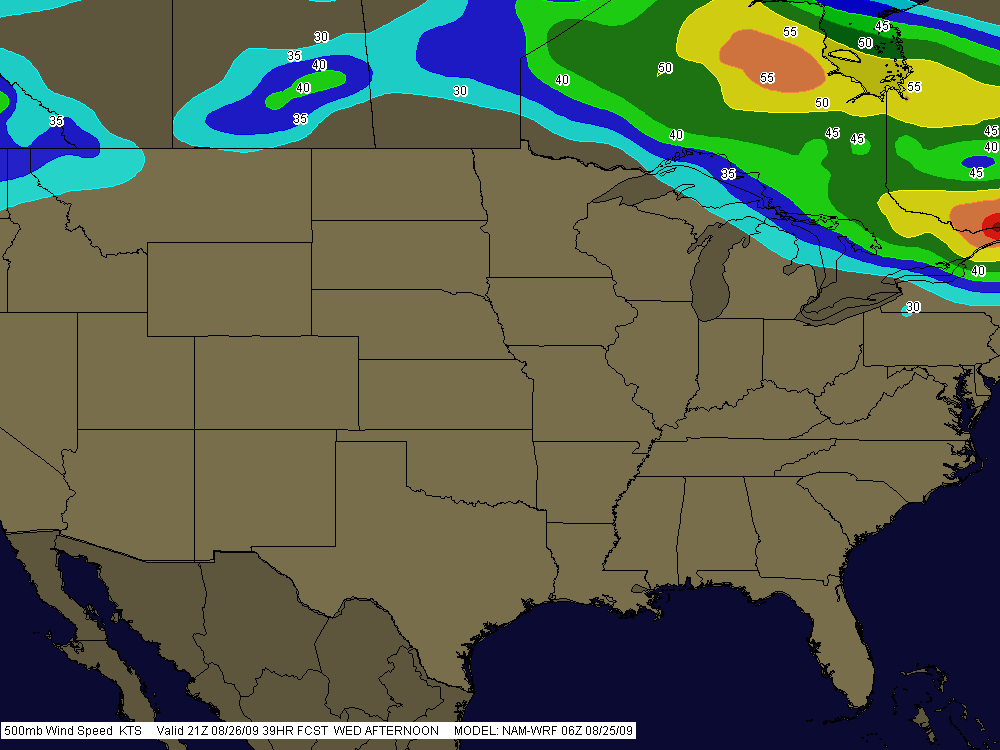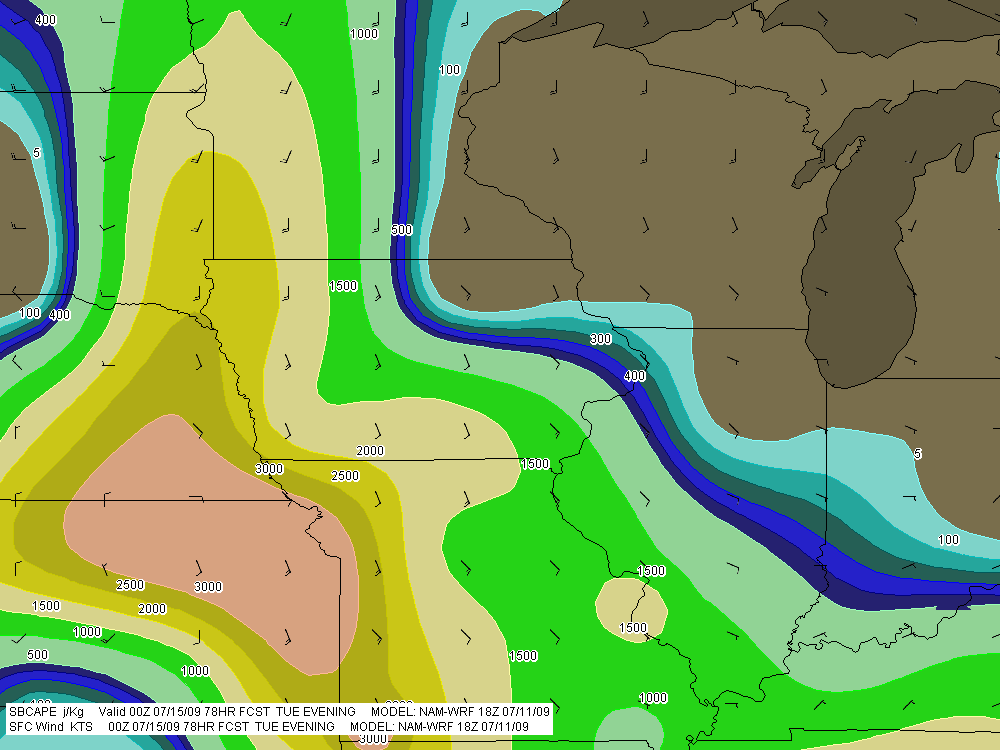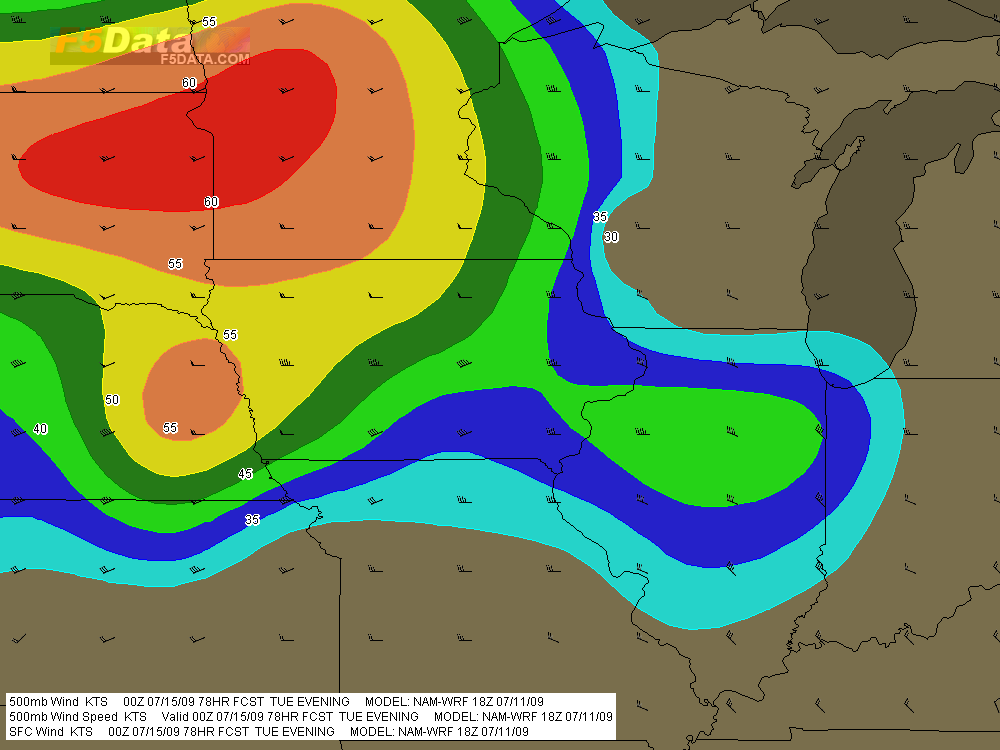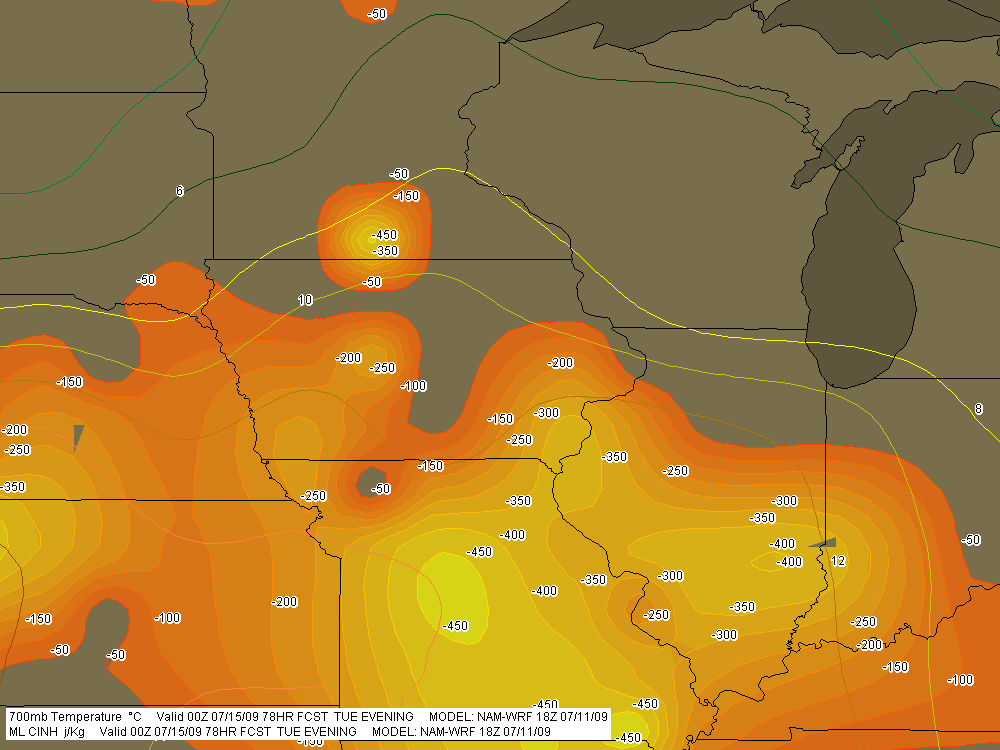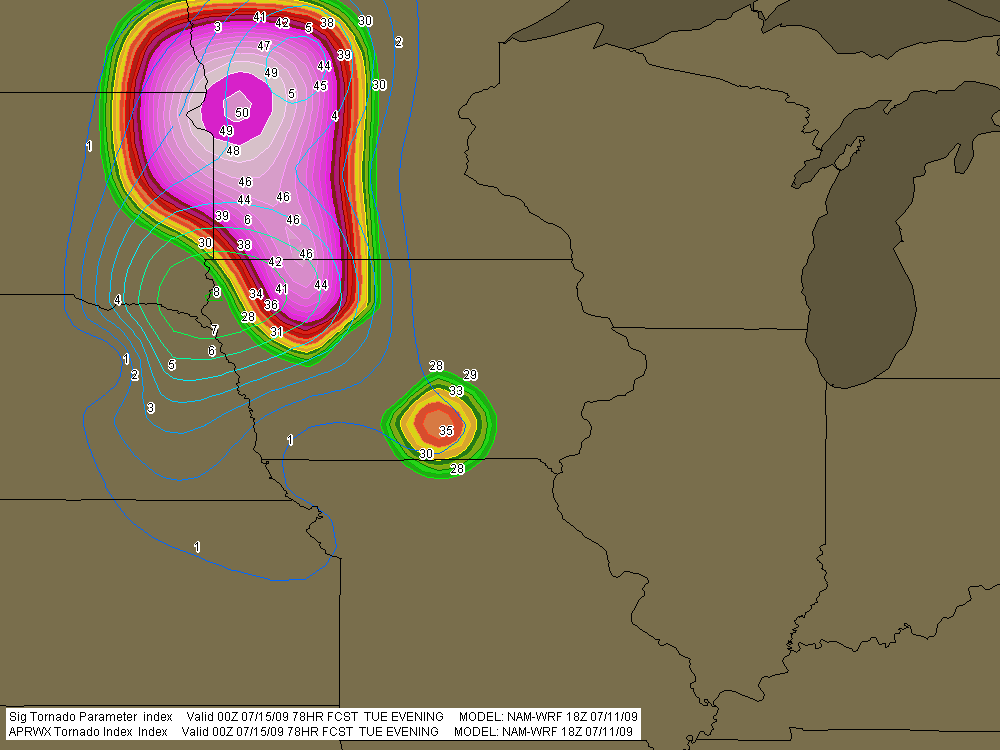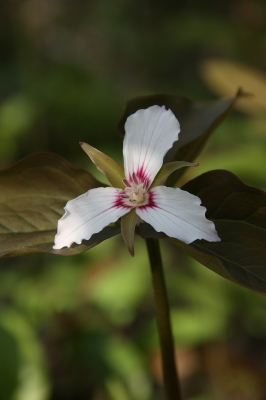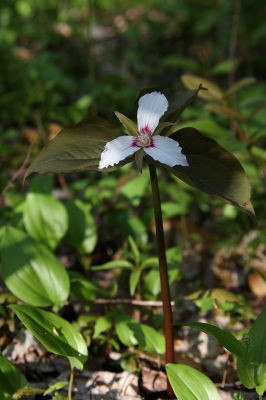The little fellow you see here paused long enough for me to snap his photo, but his repose was fleeting. Inaction is a concept foreign to goldfinches when they’re in feeding mode, which is pretty much from sunrise to sunset. (Left click on photos to enlarge them.)
Just outside my sliding glass door, a blizzard of finches descends on my feeding station early in the morning, and the party continues throughout the day. Other wild birds join in the melee–chickadees, white-breasted and rosy-breasted nuthatches, tufted titmice, sparrows, and a male and female downy woodpecker. Occasionally a shy junco or two will put in a brief appearance, and a big bruiser of a bluejay flits in now and then, brashly announcing his presence with a cry that lets the whole neighborhood know he’s here, and whacks away at the suet with his wedge-like beak.
When killing frost signals the last gasp of the growing season, then, like a changing of the guard, the plants come in off my balcony and the bird feeding station goes out. Two tube feeders–one filled with wild bird mix, the other with black oil sunflower seed–hang from the station’s metal arms in company with a bag of thistle seed for the finches. This year, determined to attract a woodpecker or two if I could, I also hung out a mesh onion bag full of suet and slapped a couple more hunks out on the balustrade. It’s as a complete a smorgasbord as any bird could hope for, and the response has been supremely rewarding. It has included, I’m happy to say, the woodpeckers–a sprightly gentleman with a red bar across his head, and his consort, a perky little lady without the bar, each showing up when the other isn’t there and gorging with mighty singleness of purpose on the suet.
During the winter months, the feathery circus out there on the balcony reminds me that life goes on even when bitter winds blow. Today I tripoded my camera by the sliding door, intent on capturing a few images from the carnivalia. With so many birds thronging the feeding station, you’d be surprised at how difficult it can be to get a decent shot. These are not creatures who like to sit still, let alone pose for the camera. The bright-eyed goldfinch to your left complied for about a second, long enough to look coy and unspeakably cute. It’s not for nothing that a bunch of these little guys and gals is called a “charm.”
The woodpeckers and nuthatches were more demanding. I had to wait for them, and they had a way of showing up when I had walked away from the window. I did finally manage to catch them at an opportune time. The nuthatches are a favorite of mine, part comedian and part acrobat, with no apparent sense of up or down nor any regard for the law of gravity.
Talking about the weather has for me never been synonymous with shallow conversation. There is a time of year when I find few topics more fascinating. Unfortunately, winter isn’t
that time. Music, too, inexhaustible though it may be as a pursuit, has its limitations for me as a focus for blogging. In a word, I just don’t always have musical or weatherly stuff to write about, and I don’t like stretching too far for material. It’s a big world, filled with all kinds of interest and plenty of alternatives when subject matter gets thin. The birds are at the window day in and day out, chattering, flitting, quarreling, and consuming black oil sunflower seed with marvelous rapidity. They deserve a nod if not my outright gratitude. When snow cocoons the northwoods and whirls across the parking lot, they make me smile, and they’ll see me through till spring.So this post is for the birds.
Or had you been thinking that all along?
